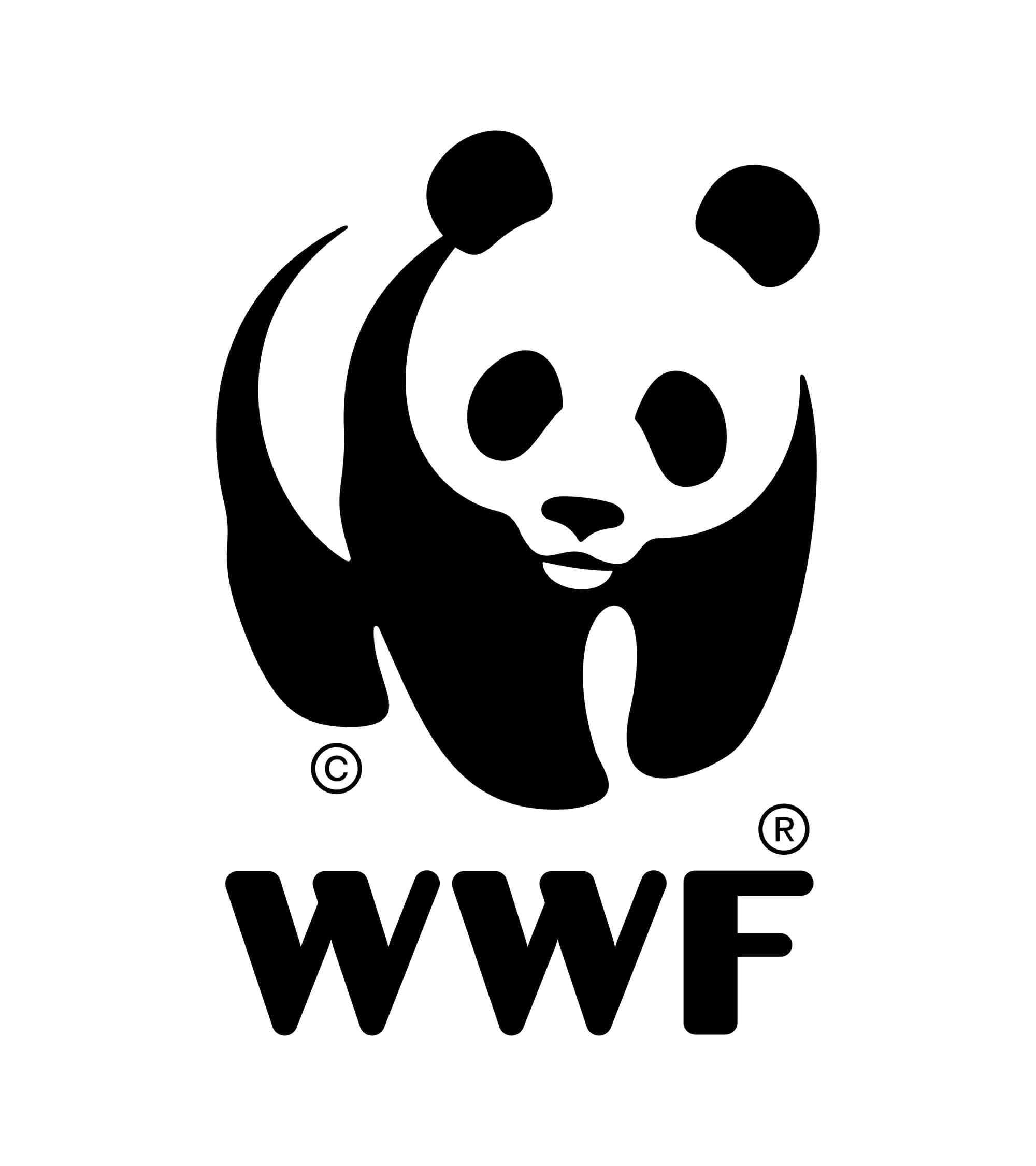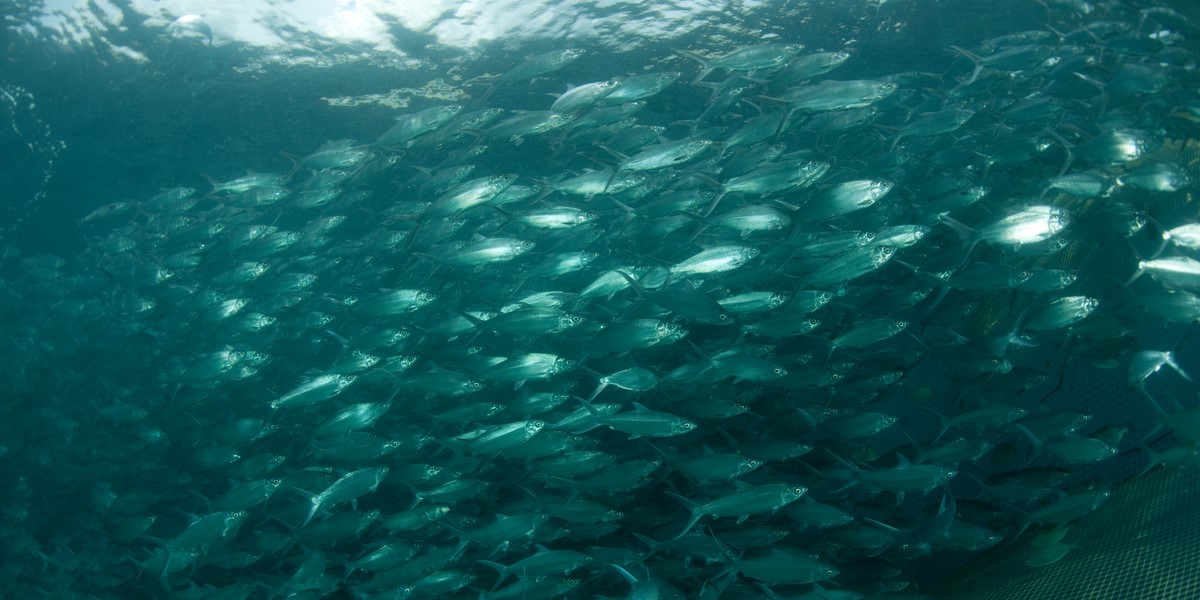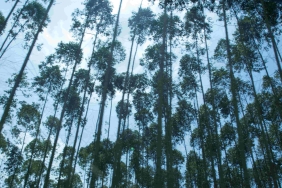AQUACULTURE: BALANCING FISH PRODUCTION AND WATER RESOURCES
By Jason Tulio
Jakarta (10/02)-The journey from habitat to plate seems simple and inconsequential. The creature is caught, processed, cooked and served as a delicacy, a process that has been in place since the dawn of man. Unfortunately, our appetite for animals is having a detrimental effect on the environment.
WWF Indonesia has recently launched its Aquaculture Programme, an initiative aimed at promoting sustainable and responsible fishing practices. By definition, Aquaculture is the cultivation of seafood populations under controlled conditions. This contrasts with most commercial fishing practices which harvest wild fish. With aquaculture programs operating worldwide, WWF now brings the landmark project to Indonesian shores.
The importance of sustainability is growing, right alongside the declining seafood population. Candhika Yusuf, Aquaculture Coordinator for WWF Indonesia, explains, “The world is depending on the captured fisheries sector. And while the stocks are declining, the fishermen can’t catch as much fish as they could 10 years ago so now they have to go further into the sea. This indicates that there’s been overfishing in that area so the fish are gone. This is where WWF takes part: How can we make a win – win solution in fish production without depending on capture fisheries sector while sustaining the environment?”
Yusuf explains the rationale behind the aquaculture process, “One of the solutions to tackle the declining fish population is to keep producing fish by aquaculture, so people don’t have to go fishing further in the sea. People will just stay in their territory near their village and cultivate their own stock. We have four main stakeholders in this issue – the consumers, the small-scale farmers, the business sector and the government. Different stakeholders, different strategy.”
In a collaboration with the Aquaculture Stewardship Council (ASC), WWF seeks to encourage consumers to purchase products with an ASC-certified ‘ecolabel’. “ASC involves environmental aspects in its certification. The idea is that when your product is certified by ASC, it is environmentally safe and responsible.” The programme aims to engage with the fishing industry through two strategies: a bottom-top and a top-bottom strategy, respectively.
As Yusuf puts it, “With the ASC certification there are standards; each aquaculture product has different standards because each commodity of aquaculture has different handling methods. You can’t handle a shrimp the same way you would handle tilapia. What we want to prove is that small scale farmers can meet these standards. So from the bottom, the farmer is prepared to follow the standards at the top. That’s our strategy with our pilot projects. We preach the same instructions as ASC. Then we encourage the small-scale farmer to apply for ASC certification if we feel that their pilot projects are 100% compliant.”
The top-bottom strategy targets the larger business sector. “Usually, most businessmen don’t have ponds of their own, they only act as brokers. They purchase stock from small-scale farmers, then the businessmen supply the farmers with daily needs like food, clothing and money. The farmers then become loyal to the businesses.” The strategy is to connect with this broker-supplier chain of command. “As a result, the farmers will follow the business’ instructions. Our particular strategy is called ‘Seafood Savers’. It is a working group involved in private and business sectors. The initiative aims at helping businesses work more efficiently. When they join Seafood Savers we can do then what we call the Aquaculture Improvement Program (AIP) and Fisheries Improvement Program (FIP). That means we can interfere with their supply chains and inject them with what we think is the best way of fishing and aquaculture, which carries over onto the farmers as well.”
Lastly, the Aquaculture Programme must engage with the policy makers in the Indonesian government. “We need their support because they are the only ones that have the authority to regulations in place. That’s why we act as reminders to the government, telling them what and what not to do. We want to meet a balance: we can criticize them but on the same level we are also doing pilot projects so we can prove to the government that our strategies work.”
Inconsequential, no more.





